When it comes to raw strength, tactical dominance, and sheer ability to intimidate or take down prey, some animals simply outclass the rest.
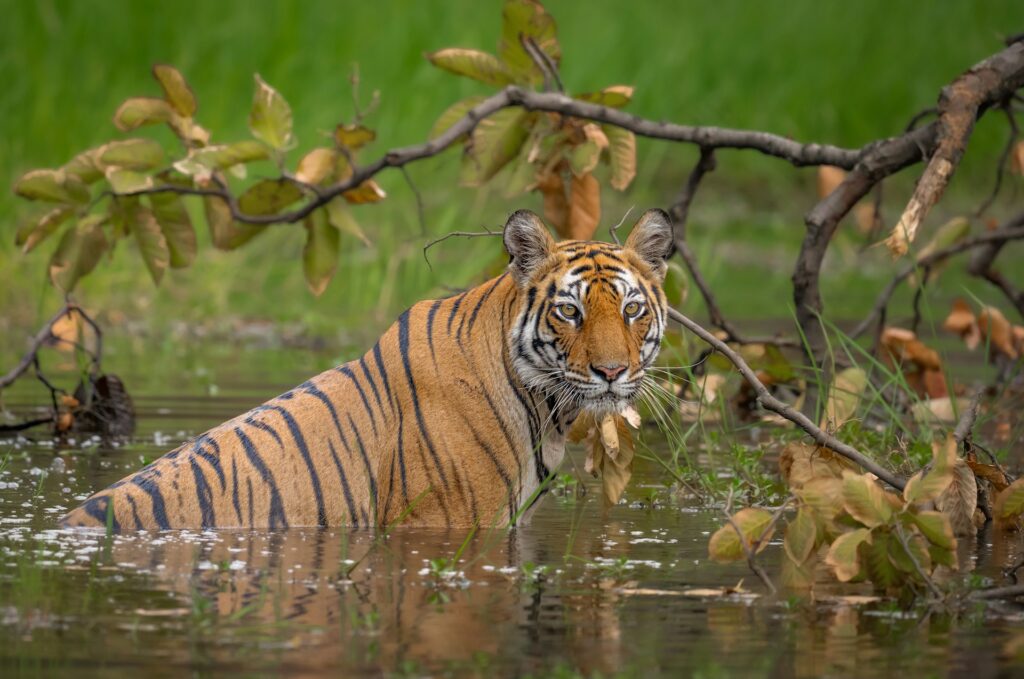
These creatures aren’t just impressive—they’re forces of nature, commanding respect in their environments and often standing at the top of the food chain. Some dominate with brute strength, others with speed or cunning, and a few with all three combined. It’s not always about size, either. In many cases, it’s about adaptability, sharp instincts, and unique physical traits that give them an edge in the wild. Here are 10 of the most powerful and fearsome beasts in the animal kingdom.
The saltwater crocodile can take down almost anything.
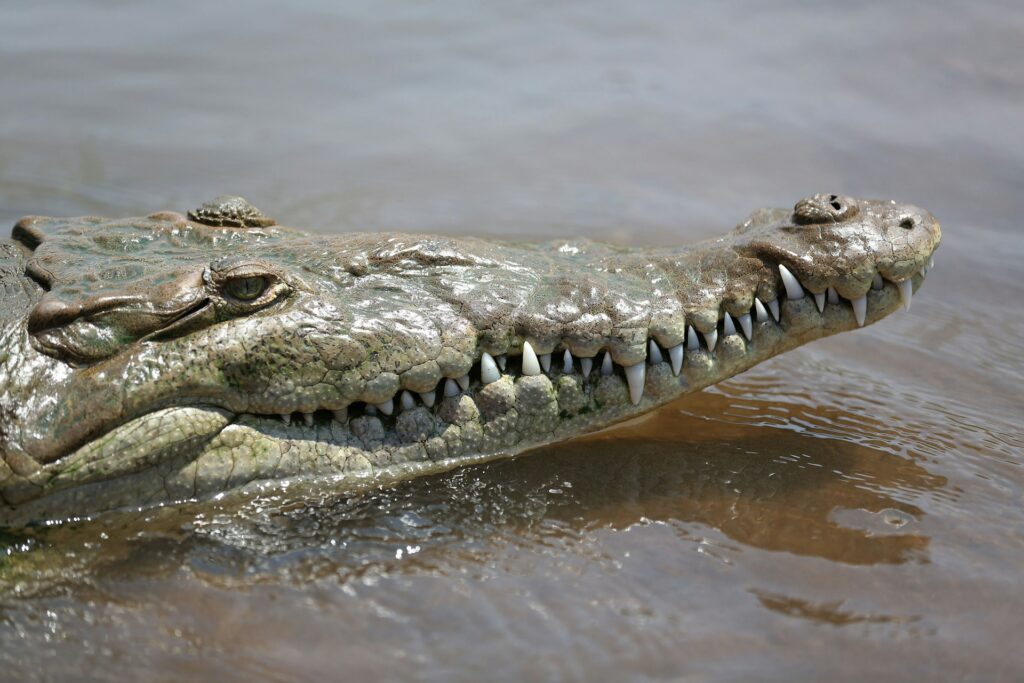
Weighing up to a tonne and measuring over six metres long, the saltwater crocodile is the largest living reptile on Earth. Found in Southeast Asia and northern Australia, it’s an apex predator with no natural enemies. Its bite is among the strongest ever recorded—over 3,500 pounds per square inch.
These crocs are patient hunters, lurking beneath the surface and ambushing prey with terrifying speed and power. Their ability to move from fresh to saltwater and blend into murky riverbanks makes them especially dangerous. Whether it’s a buffalo, a wild boar or even a shark, it rarely gets a second chance once a saltwater crocodile strikes. Their ambush style means you won’t see it coming until it’s far too late.
The African elephant is strength in motion.
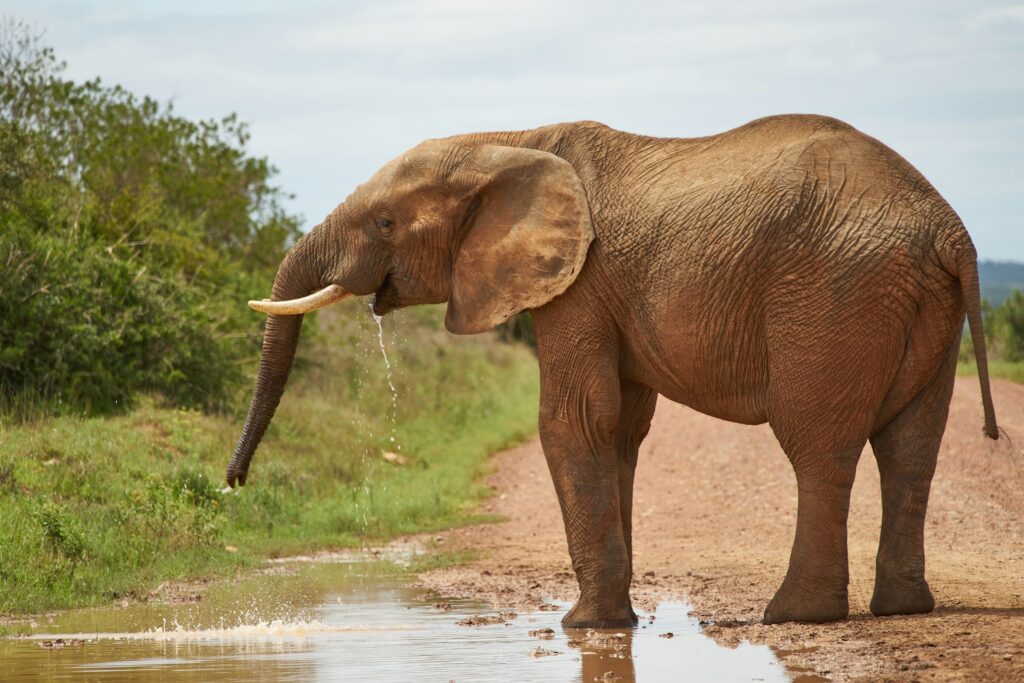
No list of powerful animals would be complete without the African elephant. The largest land mammal on the planet, it can weigh up to seven tonnes and tear down entire trees with its trunk. Its strength isn’t just physical; elephants are also highly intelligent, capable of empathy, cooperation, and even mourning.
Their tusks can be deadly weapons when defending their young or asserting dominance. Despite their generally calm nature, they’re more than capable of defending themselves against predators and even overturning vehicles if provoked. What makes them truly fearsome is the combination of size, intelligence, and the ability to act with both force and strategy when threatened.
The orca is the ocean’s most strategic killer.
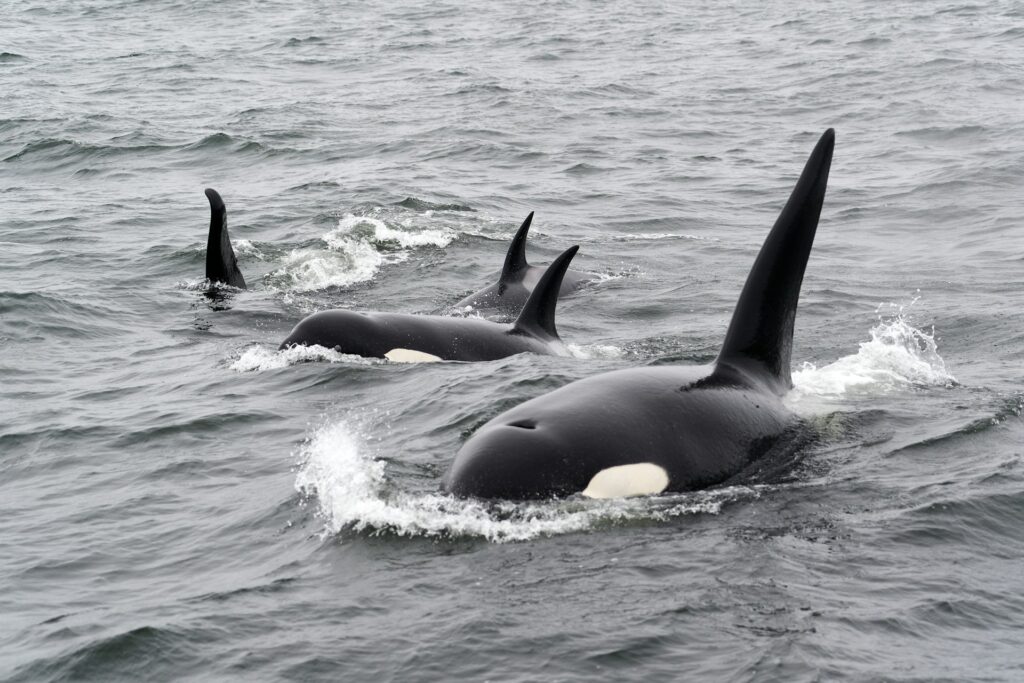
Orcas, also known as killer whales, are at the very top of the marine food chain. These black-and-white torpedoes of muscle hunt in coordinated pods and have been observed using strategy, communication, and even teaching younger members how to trap prey.
They can take down sharks, including great whites, and have even been known to play with their food. Their hunting methods are astonishingly creative, from flipping ice floes to knock seals into the sea to herding fish into tight balls for easy feeding. They’re strong, fast, and incredibly intelligent—a dangerous combination. Unlike many predators, they don’t rely on brute force alone but use learned behaviour and problem-solving to dominate.
The grizzly bear can overpower just about anything on land.
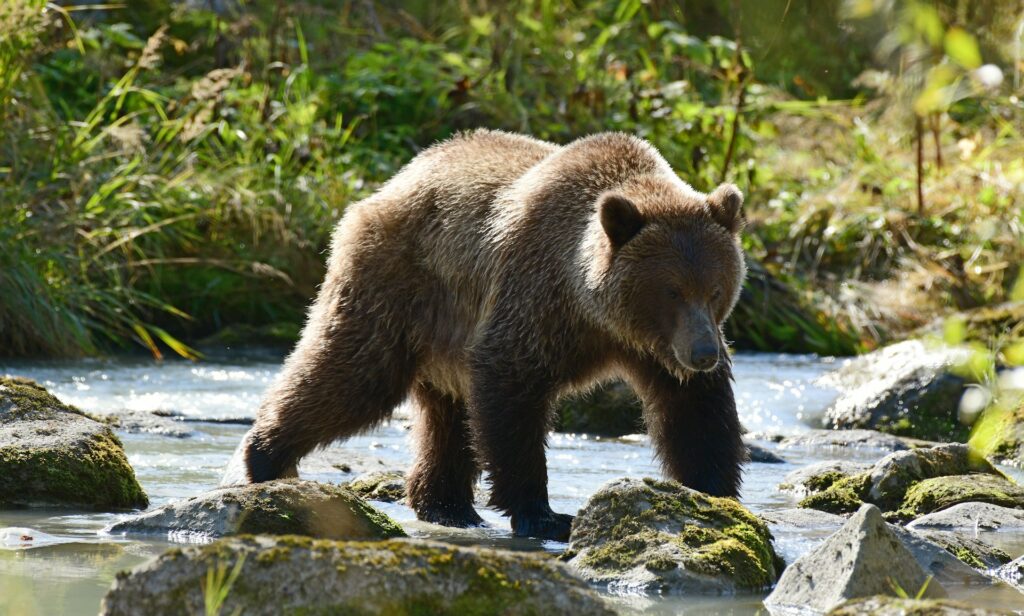
A grizzly bear might look cuddly from a distance, but it can run at over 30 miles per hour and swipe with claws longer than a human finger. It can crush bone with a single bite and stand over two metres tall. Despite eating mostly plants, it’s more than capable of taking down large prey.
They’re incredibly territorial and will fiercely protect food, cubs, and space. In North America, they’re considered one of the top threats to humans who venture too close. With an incredible sense of smell and immense stamina, grizzlies are not just powerful but persistent. Humans in bear country know better than to underestimate one.
The tiger is stealth, strength and ferocity in one.
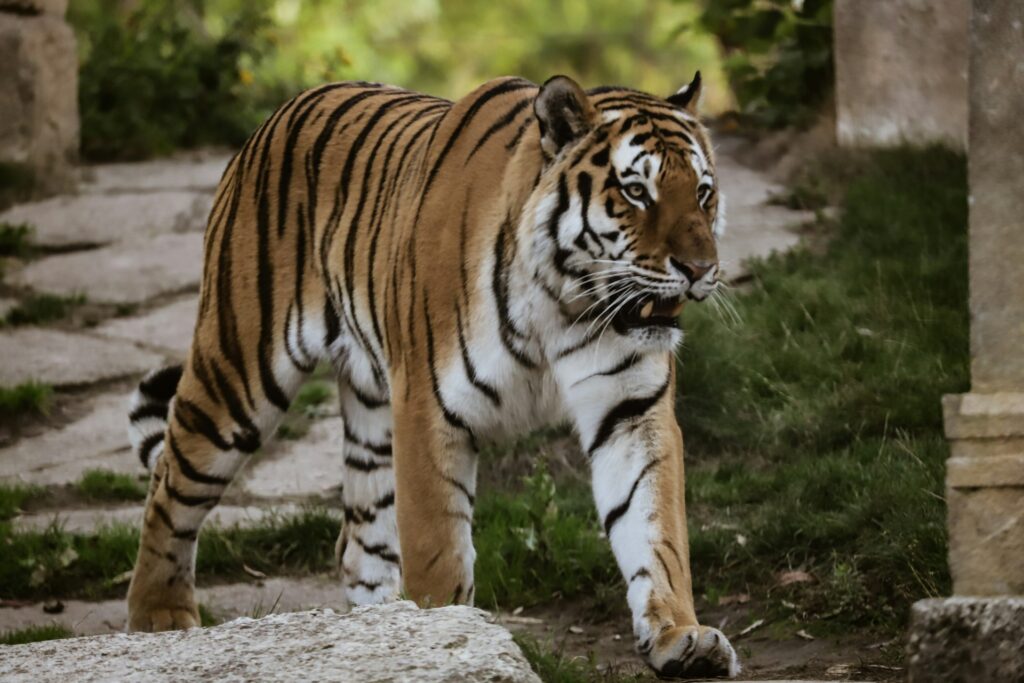
Tigers are the largest big cats and arguably the most powerful. With a combination of stealth, speed and muscle, they can take down prey twice their size. A single swipe of a tiger’s paw is enough to break a human neck. They’re solitary, strategic, and terrifyingly quiet when they stalk. Tigers are also strong swimmers, often using water to their advantage during hunts.
Their ability to blend into dense vegetation, strike silently, and use brute force makes them one of nature’s most perfect predators. In regions like the Sundarbans in India, tigers have even been known to prey on humans, showing just how formidable they can be.
The hippo is surprisingly lethal.
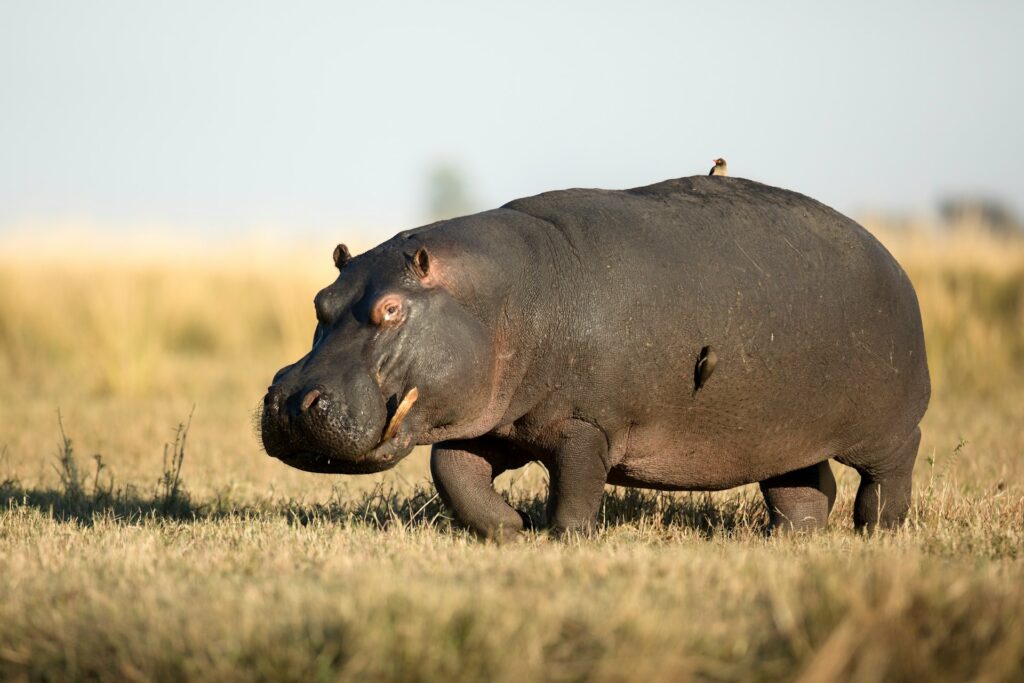
It might look like a blubbery grazer, but the hippopotamus is one of the deadliest animals in Africa. With massive jaws that can open 180 degrees and tusk-like teeth, a hippo can crush a canoe in seconds. They’re extremely territorial and unpredictable, with more reported attacks on humans than most other African animals.
Hippos are surprisingly fast on land and can move easily through water, holding their breath for minutes at a time. Despite their herbivorous diet, they’ll attack boats, crocodiles, and even lions without hesitation. Don’t be fooled by the dopey exterior—hippos are brutal when provoked and often come out on top.
The polar bear is built for extreme dominance.
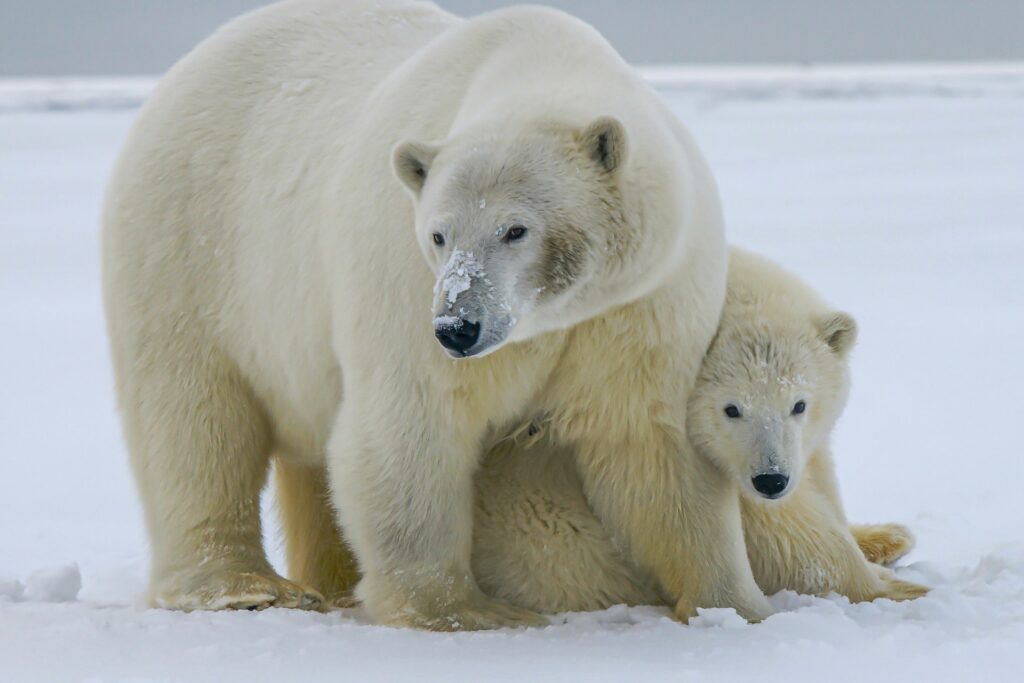
As the largest carnivore on land, the polar bear is unmatched in its icy domain. It’s a powerful swimmer, can sniff out prey from kilometres away, and has a crushing bite. Their paws are adapted to grip ice and swim long distances, allowing them to cover massive ranges in search of food.
Seals are their main prey, and they often wait patiently at breathing holes for hours before striking. Their ability to survive in the harshest environments is impressive enough, but their raw power makes them one of the most fearsome hunters in the wild. They’ve even been known to attack walruses and occasionally humans when desperate.
The anaconda is pure constricting muscle.
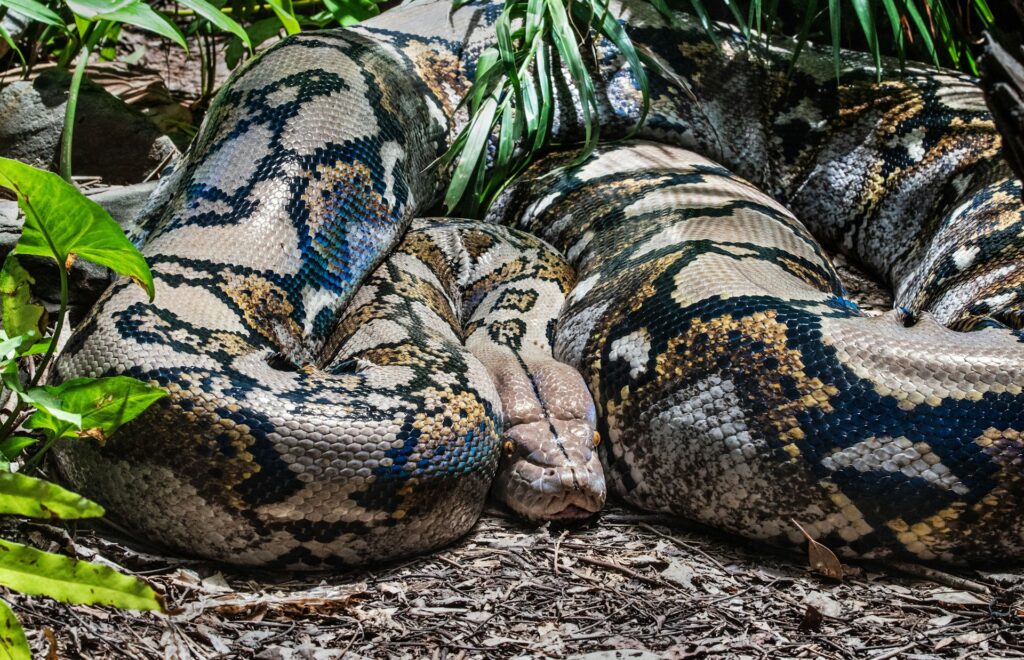
The green anaconda, native to South America, is the heaviest snake in the world. It kills by constriction, coiling its enormous body around prey and squeezing until circulation stops. It can take down deer, caimans, and even jaguars. These snakes spend much of their time in water, where their size and strength are even more effective.
With eyes and nostrils on top of their heads, they can remain mostly submerged while scanning for prey. What makes the anaconda especially terrifying is how silently it moves through swamps and rivers, waiting for the right moment to strike. Its patience and sheer muscle mass make it a formidable predator.
The cape buffalo is aggressive and unpredictable.
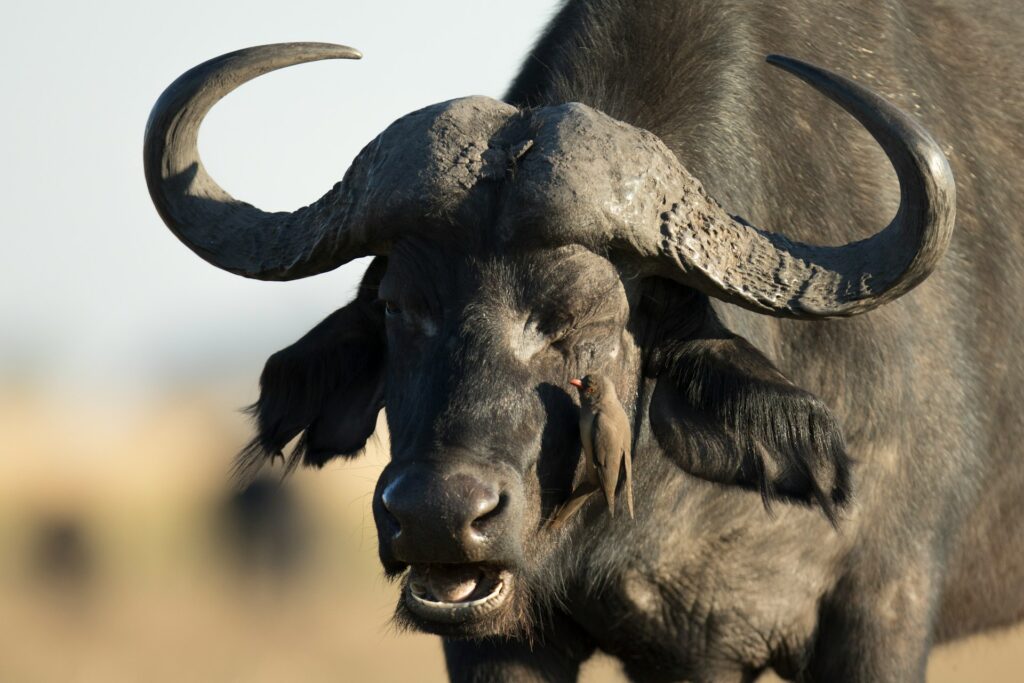
Sometimes called “the Black Death” in Africa, the cape buffalo is responsible for more deaths than lions in some regions. It’s fiercely protective, extremely strong, and quick to charge when threatened. Even lions tend to think twice before taking one on without backup.
Herds have been known to circle back and rescue members under attack, showing a level of coordination that makes them even more dangerous. Their thick hides and curved horns make them incredibly hard to kill. Whether it’s a single bull or a group of dozens, a cape buffalo is not an animal to underestimate.
The harpy eagle rules the rainforest skies.
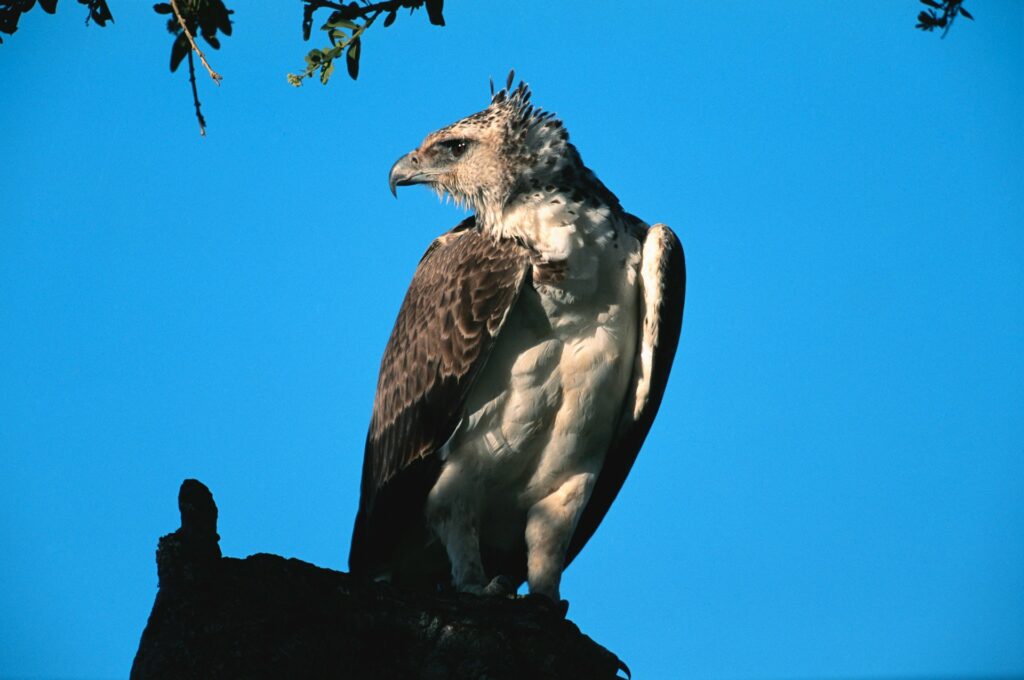
This isn’t your average bird. The harpy eagle, native to Central and South America, is one of the most powerful birds of prey on the planet. With legs as thick as a child’s wrist and talons as long as grizzly bear claws, it can snatch monkeys and sloths straight from the trees.
It flies almost silently and hits with lethal precision. Its grip is strong enough to crush bone, and it uses its massive wingspan to manoeuvre through dense forest canopies with ease. Harpy eagles tend to mate for life and are fiercely territorial, making them dominant hunters in their region.
These animals are nature’s heavyweights.
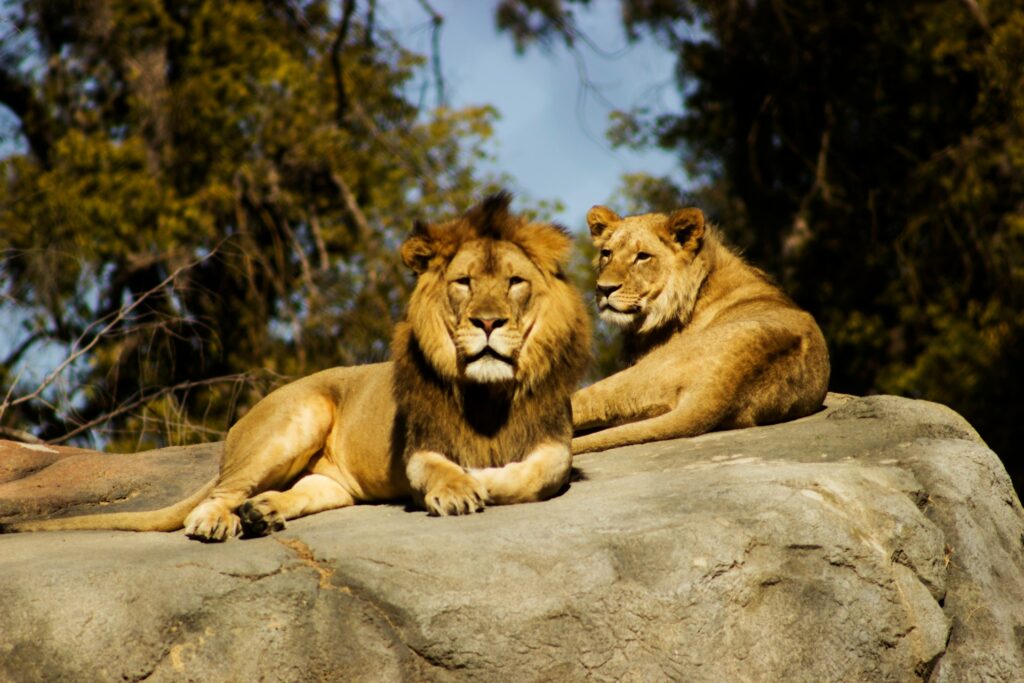
They’re not just physically imposing. They’re smart, strategic, and adapted to be at the top of their game. Some rely on stealth and ambush, while others face threats head-on with brute force. Whether they live in swamps, tundras, grasslands or deep sea, they each rule their domain with a level of dominance that puts us humans in perspective. We might think we’re in charge, but in their world, we wouldn’t last a day.